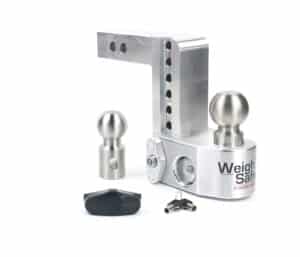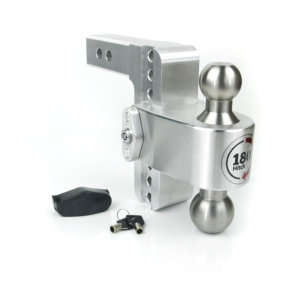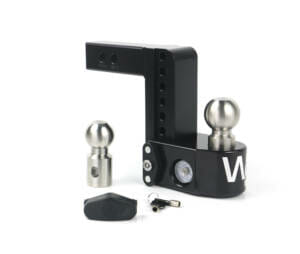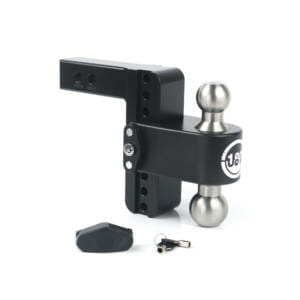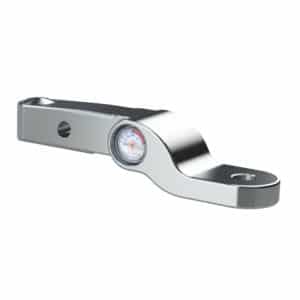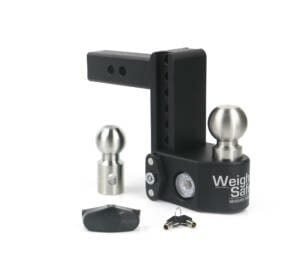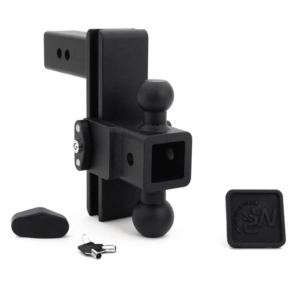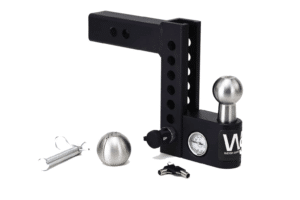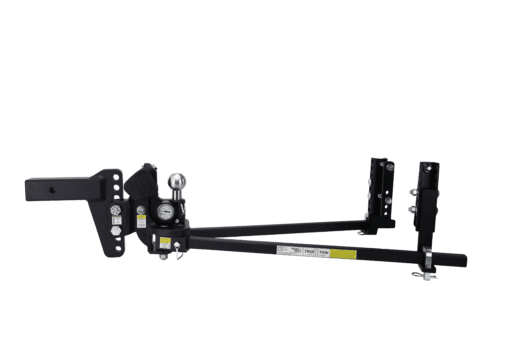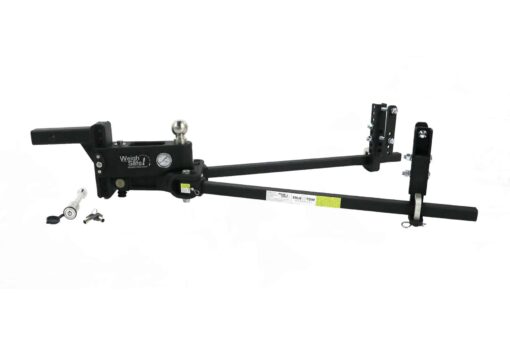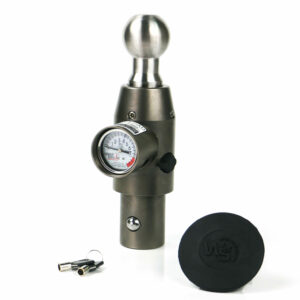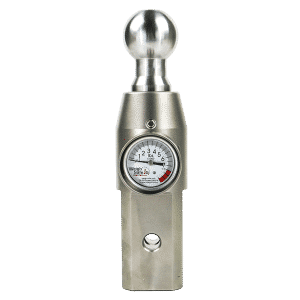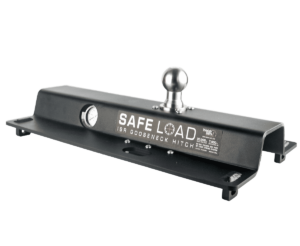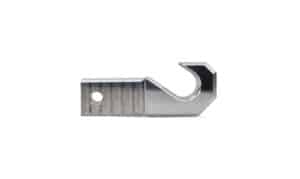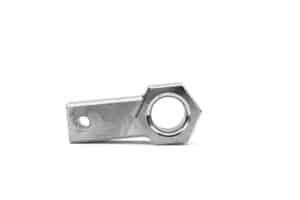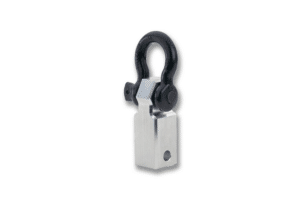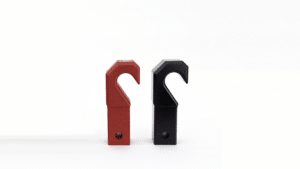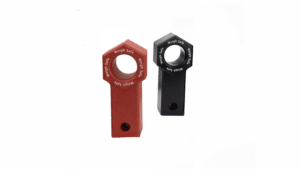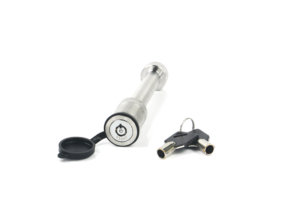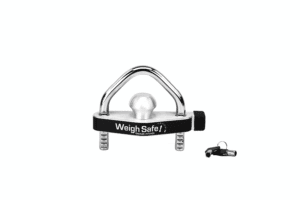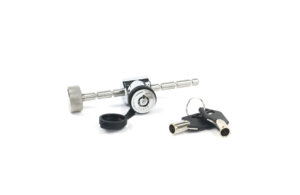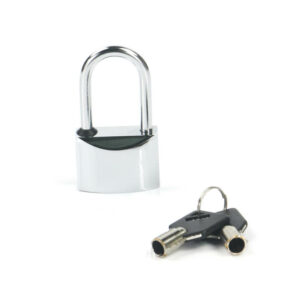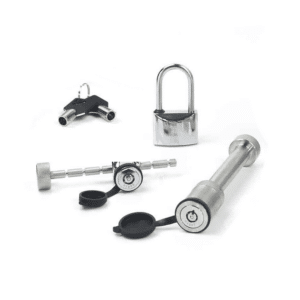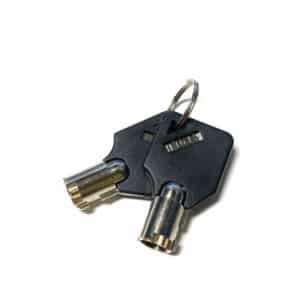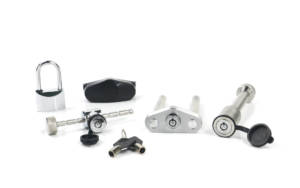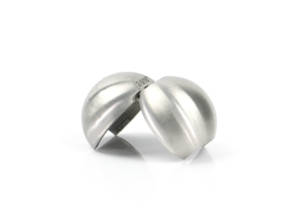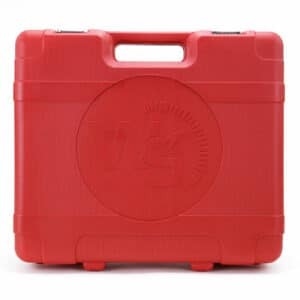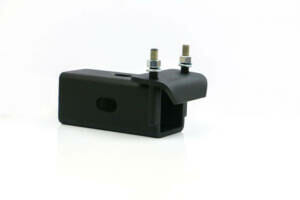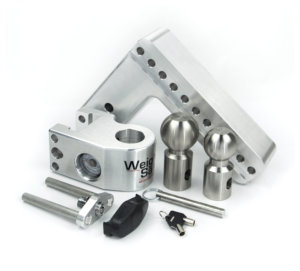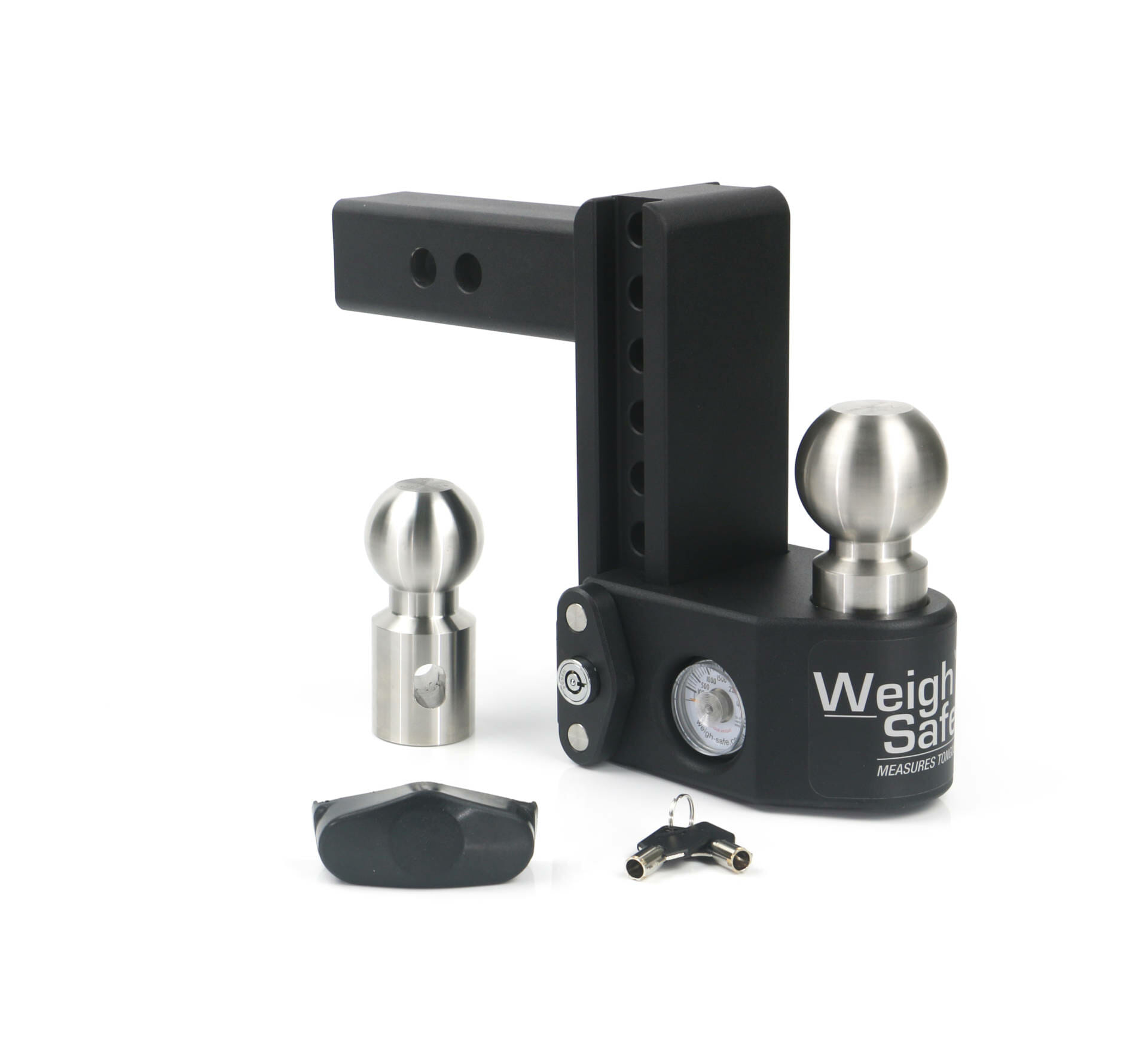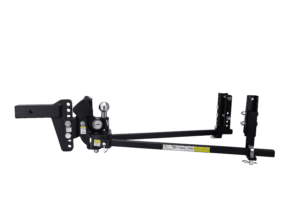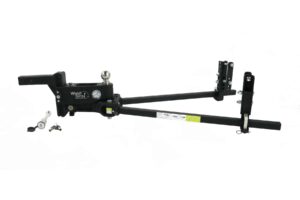Towing Safety
How to Verify You Are Towing Within Correct Ratings and Guidelines
Want to tow with total peace of mind?
It’s all about your ratings.
And, in particular, your payload and tow capacity ratings. You always should be towing within the correct ratings.
Which, okay, you kinda already knew, right?
So. End of article.
But wait – before you load up your trailer and hit the road, a word of warning:
Towing within correct guidelines and ratings can be more obscure than you think.
Don’t panic. You’re in the right place.
In this article, we’ll be walking you through the technical specifications involved with confidently verifying the payload and towing capacities of your truck, trailer, and hitch.
Confidence in your truck
If you’ve ever been shopping for a truck, you’ve probably heard about payload and tow capacity ratings. In particular, these published numbers are a very important part of establishing a safe tow set-up. So important, in fact, that every major truck manufacturer out there is competing to be rated best in class.
But, how can you trust all the ratings advertised in the marketplace?
Answer: the SAE J2807.
SAE J2807 is a common set of rigorous real-world tests and challenges used to determine the Gross Combined Weight Rating (GCWR) and calculate the corresponding Tow Weight Rating (TWR) of a specific truck model. These standardized testing specs are laid out by the SAE International.
Who is SAE International?
Answer: pretty much the technical congress of the auto industry.
And, why does this benefit you?
Answer: Because knowing that SAE standards are universally used by the best manufacturers out there allows you to cross-shop different brands of trucks with confidence.
What is GCWR?
GCWR is the rating that tells you the total maximum amount your truck can carry and tow.
GCWR = Gross Combined Weight Rating
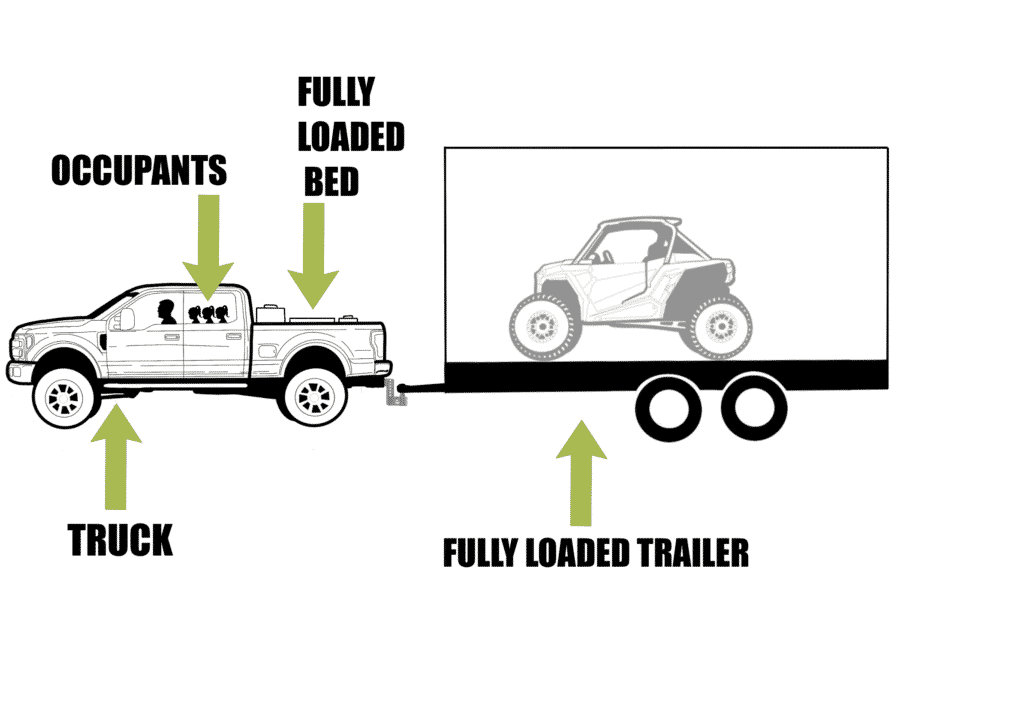
It’s the grand total package of your entire tow-set up, which includes the weight of your:
- Truck
- Occupants
- Fully loaded bed
- Fully loaded trailer
Performance requirements
The J2807 rules require that a tow vehicle “shall be equipped with the propulsion system or powertrain and driveline (engine, transmission, axle ratio, tire size, etc.) and cooling package to produce the GCWR under test.”
What type of tests? Substantial ones. Here’s a list that highlights the main areas truck and trailer combinations are tested under in order to meet J2807 performance requirements:
- Cooling capability: The J2807 “Highway Gradeability” tests take place on a well-known stretch of Arizona highway, the 11.4-mile-long Davis Dam Grade. It’s a pretty tough one to drive. To pass, a fully-loaded truck and trailer must drive the grade at 40pmh on a day that is 100 degrees, or hotter, with the air conditioning system set at maximum cold, with outside air selected (not recirculating) and the fan running at full blower speed. The J2807 standard requires there be no component failures, along with no “check engine” lights, loss of coolant fluid, or any other alerts or warnings for the driver during the test.
- Launch performance: To pass the J2807 “Launch on Grade” test, a truck and trailer loaded to maximum GCWR must be able to launch and travel 16 feet (5 meters) on a staunch, 12 percent uphill grade, five times in a row, in 5 minutes or less. Then, the truck and trailer has to be able to complete the same test while launching up a 12 percent grade in Reverse. Any amount of throttle input is allowed, and the clutch in manual-equipped trucks can be used however it’s needed to complete the test.
- Acceleration performance: To meet J2807 acceleration requirements, a fully-loaded truck and trailer combination must meet the following acceleration times on flat sections of road:
- 0-to-30-mph time: single-rear-wheel (SRW) trucks need to reach speed in 12.0 seconds, while dual-rear-wheel (DRW) models get 14.0 seconds.
- 0-to-60-mph time: SRW trucks need to reach speed in 30.0 seconds, while DRW models get 35.0 seconds.
- 40-to-60-mph time: SRW trucks need to reach speed in 18.0 seconds or less, while DRW models get 21.0 seconds.
- Combined handling performance: The “Combination Handling Requirements” of J2807 are designed to determine the limits of the weight carrying, weight distributing, and stability of a fifth-wheel/gooseneck truck and trailer combo loaded to its maximum GCWR. Put simply, this test assures that your truck will not be steered by the weight of your trailer under typical driving conditions, even while pulling the maximum tow weight.
- Test example: for a gooseneck hitch, the truck and trailer combination is allowed 0 degrees per g of understeer when there are 0.4 g or less of lateral acceleration and an FALR (Front Axle Load Restoration) of 0 percent. In addition, there is a measurement for the maximum sway damping that requires the trailer to move at a ratio of 0.10 or less at 62.1 mph (100 km/h).
Combined braking performance: Both stopping distance and parking brake-hold of a truck-and-trailer combination at maximum GCWR are tested as part of the J2807 standard requirements. Combos with a maximum tow rating of more than 3,000 pounds are required to stop completely from 20 mph in 80 feet or less. During this stop test, the trailer must remain within an 11.5-foot-wide lane throughout the entire stop. In addition to the active testing, the parking brake must be able to hold the truck and trailer firmly in place both upward and downward on a 12 percent grade at the maximum GCWR.
What is TWR?
Once testing has been completed and a truck model meets all of the SAE J2807 criteria, its TWR (Tow Weight Rating) can be calculated. SAE J2807 uses a specific set of assumptions to calculate maximum trailer weight ratings.
For light-duty full-size pickups (GVWR < 8,500 lbs.), SAE J2807 assumes:
- that the tow vehicle includes any options with higher than 33 percent penetration
- there is both a driver and passenger in the vehicle, each weighing 150 pounds
- that tow vehicles also includes up to 70 pounds of aftermarket hitch equipment
- that 10 percent of the trailer weight is on the tongue (for conventional towing)
The result after all the math is the SAE J2807-compliant Tow Weight Rating. This is the rating number you can use to cross-shop against other J2807-compliant trucks.
TWR = Tow Weight Rating
The maximum allowable weight of a loaded trailer for a specific truck model and hitch receiver type.
Pay attention to your ratings
Thanks to SAE J2807 standards you can trust published GCWR and TWR numbers, but it’s up to you to understand, calculate and stay within the specified weight limits of each part of your towing system.
You need to verify how much weight you are hauling and pulling every time you tow.
If you exceed the tow capacity and payload ratings of your truck, you’re at risk for a number of catastrophes including:
- Loss of steering control – caused by the sway-force of your too-heavy trailer. This kind of unrestrained force can swiftly overturn your truck in a matter of seconds.
- Unresponsive braking – caused by rear tire overload. Always consider that frequent heavy braking, with heavy loads, at higher speeds, will run down your brakes and make them less effective.
- Blown tires – caused when the back tires of your truck are shouldering more weight than they are designed to handle. Hauling or pulling too much weight can easily cause the most stressed tire to blow out, or come off completely.
- Traffic accidents and citations – if you cause a traffic accident because you failed to follow towing safety ratings, it’s a violation – and you’ll receive a traffic citation.
- Serious injury or death – And, ultimately, failing to comply with payload and tow capacity ratings proves deadly when it results in a crash.
Pro tip: we believe it’s worth going up a notch in the duty system to make sure that you’re staying within your capacity ratings and guidelines every time you tow.

Calculations to use every time you tow
It only takes a few minutes to pin down your exact tow capacity, load limit, and target tongue weight before each tow trip. Use our easy formulas below to verify you are towing safely…
Tow Capacity Formula
- Determine accurate curb weight (this is how much your truck weighs empty).
- Add the weight of the payload (passengers, cargo, tongue weight) to the curb weight.
- Subtract this number from your truck’s GCWR.
- This is your max towing capacity.
- Check to make sure your hitch and trailer can also handle this weight.
Pro Tip: Weigh your truck with all your normal, everyday gear and equipment (i.e. custom tool box, spare tire, etc) at a weigh station to determine accurate curb weight.
Here’s an example with numbers. Let’s say your truck has a GCWR of 15,000 lbs. It weighs 5,000 lbs empty and you just loaded 1,000 lbs of dirt in the truck bed. Your towing capacity would be no more than 9,000 lbs.

Trailer Load Limit Formula
- Find your trailer’s GVWR (Gross Vehicle Weight Rating)
- Subtract your trailer weight.
- This is your trailer load limit.
- Check to make sure your truck is capable of pulling your trailer’s GVWR, and that you’re following tire, hitch, and loading specifications.
Let’s go back to our example with numbers. You’ve calculated that your towing capacity is 6,000 lbs. Your utility trailer has a GVWR of 4,000 lbs and it weighs 1,000 lbs empty. Your trailer load limit is no more than 3,000 lbs.
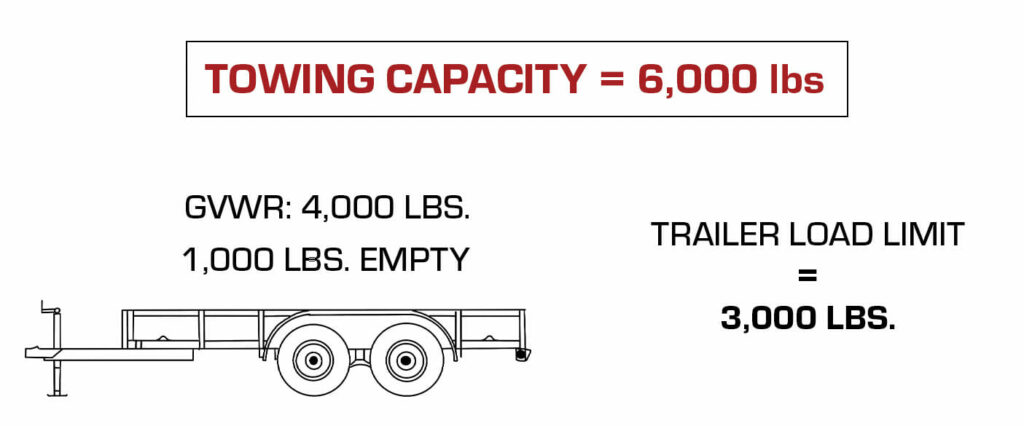
Important note: In this case, even though your truck’s tow capacity could handle another 2,000 lbs, your trailer cannot. As a rule, your towing capacity is always limited to the lowest-rated towing component, whether that is your truck, trailer, hitch, accessories or any other part of the system.
Target Tongue Weight Formula
- Find your GTW (Gross Trailer Weight. This is the weight of your trailer, plus the weight of the cargo you’ve loaded onto it. GTW can also be referred to as GVW, Gross Vehicle Weight).
- Multiply GTW by (0.1).
- This is the minimum of your target tongue weight.
- Multiply GTW by (0.15).
- This is the maximum of your target tongue weight.
- When loading your trailer, aim to position your cargo so that your trailer’s tongue weight is within this range. Also, check to make sure the tongue weight isn’t putting your truck’s payload capacity above its maximum.
Let’s follow up on our example with numbers. You’ve calculated that it’s safe to load 2,500 lbs of landscaping equipment onto your new trailer. This brings your GTW to 3,500 lbs. This means your target tongue weight is within 350 lbs – 525 lbs. Your truck is already loaded with 1,000 pounds of dirt. With this additional tongue weight, your truck’s total payload will now be 1,350 lbs – 1,525 lbs. This brings your combined weight – your truck’s curb weight (5,000 lbs), plus your truck’s payload (1,525 lbs), plus your loaded trailer weight (3,500 lbs) – to a total of 10,025 lbs.
This total combined weight is below your truck’s GCWR of 15,000 lbs, so you’re feeling confident that your truck and trailer can handle this amount safely.
But, can your hitch??
Confidence in your hitch
Traditional hitches are composed of three main parts:
- Receiver – the square receptacle that is mounted to your truck.
- Ball Mount – the shaft that slides into the receiver and is securely pinned when it’s time to tow (should be removed, or stowed, when not in use).
- Tow Ball – the metal ball and connection point between your truck and trailer, allowing you to turn corners and travel over bumps and hills. (Tow balls come in different diameters, and should be selected to match your trailer’s specific requirements).
All three of these components will be stamped or labeled with GTW (Gross Trailer Weight) ratings of their own, and all three ratings must meet or exceed your truck’s tow rating.
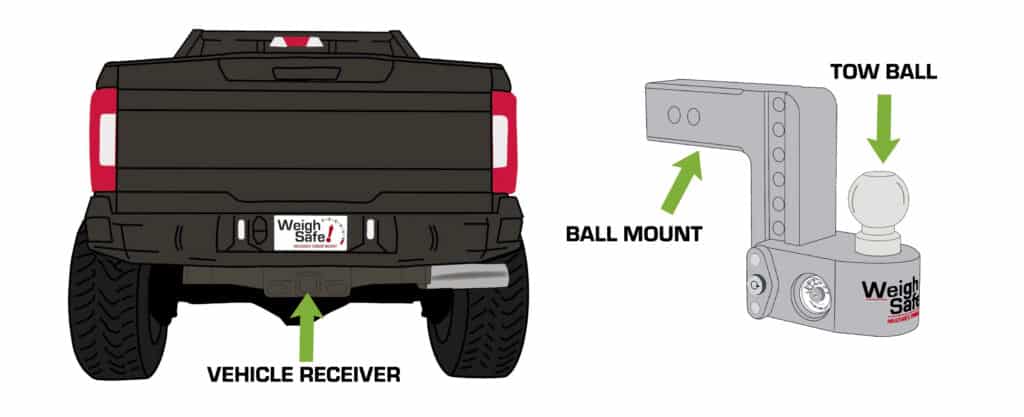
Receiver Hitch Ratings:
Receiver hitch classes are separated by their maximum weight capacity rating and receiver opening size. Classes range from I to V, and each class has its own unique capacity and applications. You can start by using the chart below to verify which class of receiver hitch is required to pull your trailer:
|
Class |
Basic Use |
Size of Opening |
Gross Trailer Weight (GTW) |
Tongue Weight Capacity |
|
I |
Light-Duty |
1.25” |
2000 lbs |
200 lbs |
|
II |
Moderate-Duty |
1.25” |
3,500 lbs |
350 lbs |
|
III |
Versatile/Mix |
2” |
3,500-6,000 lbs |
350-600 lbs |
|
IV |
Heavy-Duty |
2” |
10-12,000 lbs |
1,000-1,200 lbs |
|
V |
Heaviest-Duty |
2.5” |
16-20,000 lbs |
1,600-2,000 lbs |
Continuing with our example: If your trailer has a GVWR of 4,000 lbs, your truck must feature, at least, a Class III receiver hitch to pull your fully-loaded trailer safely. And all of your ball mounts will need a 2” shaft that will fit into the 2” opening of your truck’s hitch receiver.
Tow Ball Ratings:
There is a comprehensive range of ball hitch sizes – and weight capacities range from 2,000 up to 30,000 pounds. When selecting a tow ball (like any towing accessory), weight capacity must always be considered. You can start by using the chart below to verify which size and type is best for towing your trailer:
|
Type |
Size of Tow Ball Diameter |
Size of Shaft/Receiver |
Gross Trailer Weight (GTW) Max |
|
1-7/8″ |
– |
Always rated at 7,500 lbs |
|
|
2” |
– |
Always rated at 8,000 lbs |
|
|
2-5/16″ |
2” |
12,500 lbs |
|
|
2.5” |
18,500 lbs |
||
|
3” |
21,000 lbs |
||
|
2” |
2” |
10,000 lbs |
|
|
2” |
– |
10,000 lbs |
|
|
2-5/16″ |
– |
10,000 lbs |
Verify that your load is level, balanced, and stable
Truth time: If your hitch isn’t balancing and leveling out your load, it’s not doing its job.
Your hitch should be ALL about helping you measure and maintain a proper tongue weight. You can verify that your hitch is doing its job by following these two steps:
Step #1: Calculate the required drop or rise of your hitch
If your trailer rides lower or higher than your truck, an adjustable drop hitch can be used to make up the difference and ensure that your trailer is level.
You’ll need to make some further calculations to verify how much of a drop, or rise, your hitch requires to meet the height of your loaded trailer:
Drop Length Formula (for trailers that ride lower than your truck)
- Measure the distance from the bottom of your trailer’s coupler to the ground (be sure your trailer is loaded and sitting level with the ground while you measure).
- Subtract this number from the height of your hitch receiver (distance from the top of the inside of your truck’s hitch receiver to the ground).
- This is the required drop length of your ball mount.

Rise Length Formula (for trailers that ride higher than your truck)
- Measure distance from the bottom of your trailer’s coupler to the ground (be sure your trailer is loaded and sitting level with the ground while you measure).
- From this number, subtract the height of your hitch receiver (distance from the top of the inside of your truck’s hitch receiver to the ground).
- This is your required rise length of your ball mount.
Pro tip: Be sure your trailer is exactly level with the ground by placing a level on the top of your trailer’s coupler. Use the crank on your trailer jack to adjust the height, up or down, until the level is plumb, then take your measurement.
Our Weigh Safe Adjustable Drop Hitch comes in an array of different drop lengths ranging between 4 to 10 inches, each with 1” increments for adjustability. All of which can be used in both the drop and rise position.
Step #2: Measure and adjust your tongue weight
Okay, so you might be thinking, “Who really drives to the weigh station and calculates their tongue weight before they tow?”
You’re right: a lot of people don’t have reasonable access to a weigh station scale, or would rather avoid taking the time to calculate tongue weight before every single tow trip – so they resort to guessing. And, truthfully, some can’t determine their target tongue weight because they don’t know what tongue weight is.
What is tongue weight?
Answer:
TW = Tongue Weight
The weight that a fully loaded trailer exerts downward on the hitch ball of your tow vehicle. Tongue weight should be between 10-15 percent of gross trailer weight (GTW).
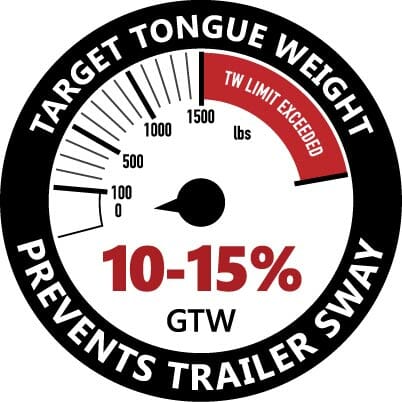
Do you know what happens when you tow with improper tongue weight?
BAD. STUFF. Eyeball tongue weight, and your safety is definitely at risk. Check out this video on how tongue weight affects your truck’s stability and handling…
Your pro-tool for verifying tongue weight
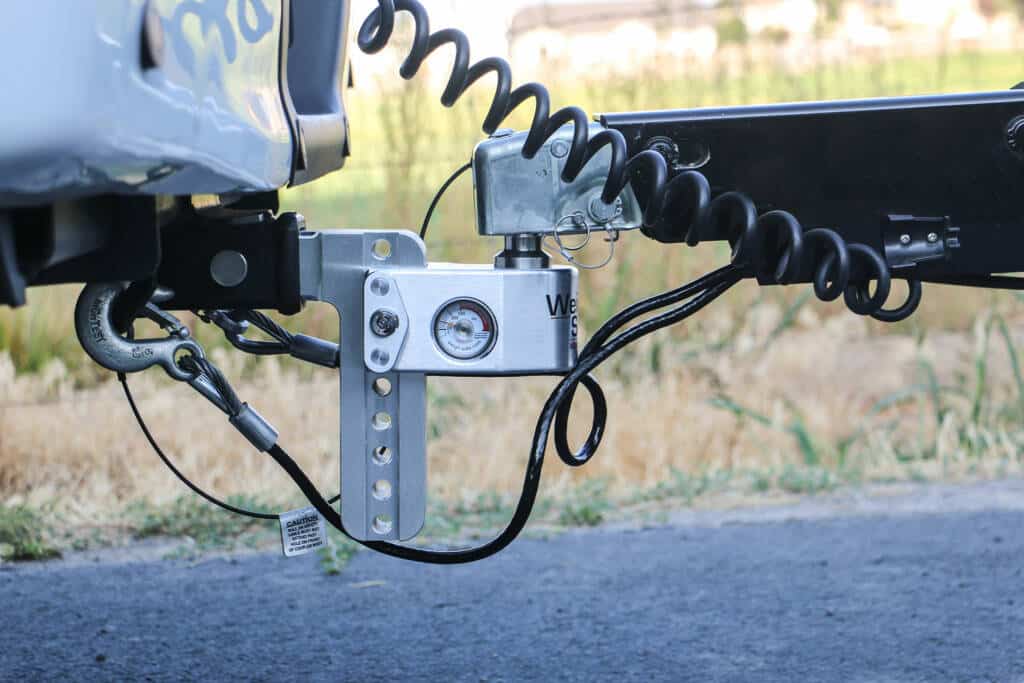
Meet the Weigh Safe Drop Hitch: An adjustable trailer hitch with a built-in scale.
The easiest solution for:
- measuring tongue weight
- making vertical height adjustments
- switching between different tow ball sizes
- towing a variety of trailer types
Check out this video to see how it works:
Towing more than 5,000 lbs?
If you plan to tow more than 5,000 lbs you’ll need to consider investing in extra sway control and load stability. This is where a weight distribution hitch comes in. Most commonly, this applies to heavier cargo trailers such as campers and toy haulers.
If you curious about weight distribution, check out our Complete Guide to Towing with a Weight Distribution Hitch
Use a safety pre-tow checklist
Using a pre-tow checklist – every time you tow – is an important part of making sure that you are towing within correct safety guidelines. It will not only help you prevent mistakes in your trailer connections and cargo loading, it will also help you inspect your towing equipment for regular maintenance.
Our custom Tow Checklist is awesome for 3 main reasons:
- It’s easy to access – you can’t miss the bright red check mark on the app’s main screen, labeled “Checklist”
- The graphics are interactive – so you can mark each item complete, then reset the checklist for your next tow trip
- It’s simple to follow – and outlines the highest towing safety regulations
Which means: you won’t discover that you’ve made a mistake by the time it’s too late.
Instead, you’ll find and fix your mistakes before you hit the road, and venture out with total towing peace of mind.
Download our Weigh Safe App to find your Tow Checklist:
App Store Google playSo, how can you verify you are towing within correct ratings and guidelines?
Easy: get really familiar with the weight ratings and tow capacities of your truck, trailer, and hitch.
Use our formulas. Double check your math.
Even if you’re experienced, don’t eyeball your tow setup.
Instead, use our Tow Checklist EVERY TIME you tow.
Go forth and tow with total peace of mind, friends!
For more support and tips on safe towing, you can browse some of our how-to videos, or feel free to contact us with any of your questions.
